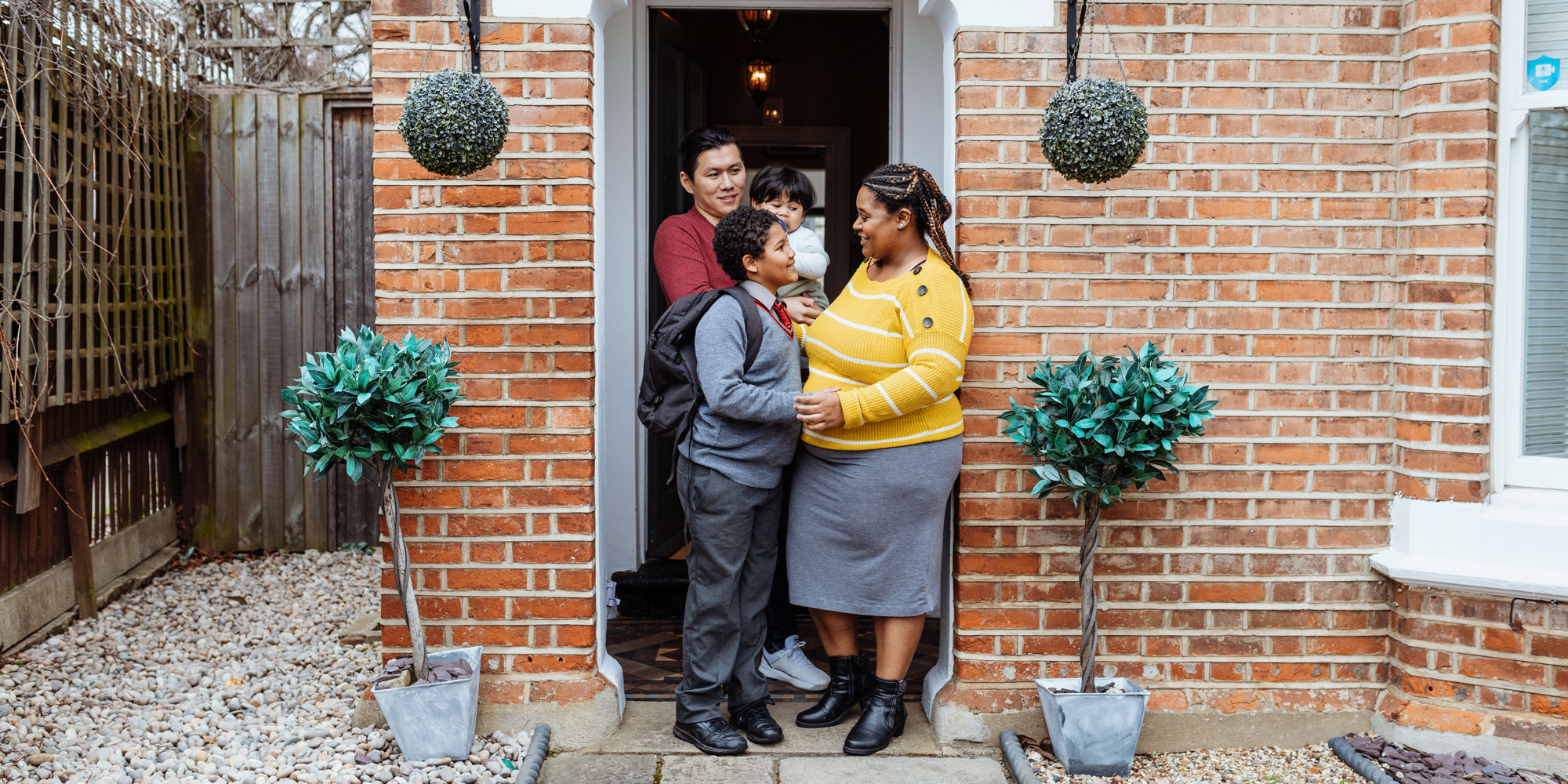
Looking to buy life insurance?
Find the right life insurance policy using the service provided by LifeSearch.
Get a quoteBy clicking a retailer link you consent to third-party cookies that track your onward journey. This enables W? to receive an affiliate commission if you make a purchase, which supports our mission to be the UK's consumer champion.

Almost a third of adults under 55 surveyed by Tesco Insurance said they would be forced to sell their family home if their partner died unexpectedly.
The findings suggest many people in this age group could be financially exposed, with a majority saying they lack either life insurance or savings to fall back on.
Here, Which? looks at how widespread the gap in cover is, how much life insurance you might need to protect your home and the steps you can take to protect your family’s finances.

Find the right life insurance policy using the service provided by LifeSearch.
Get a quoteTesco Insurance surveyed adults aged 18 to 55 and asked what they would have to do to stay financially afloat if their partner died unexpectedly.
30% said they would have to sell their home, 35% said they would have to dip into savings, and 18% said they would need to take on a second job or side hustle.
Among those with a mortgage, 60% said they don’t have a life insurance policy that includes mortgage protection. This means most would have no payout to cover repayments if they lost their significant other.
The research also found that 80% of mortgage holders don’t have savings set aside for emergencies.
Without a financial cushion or insurance cover, families in this group could struggle to keep up with monthly repayments and risk losing their home.
Mortgage protection is a type of life insurance that pays out if you die during the term of your mortgage. It’s designed to ensure your family can continue making repayments and stay in the home if your income is no longer there.
Without this cover, many of the survey respondents said they would face difficult choices. Some said they could be forced to sell their home, while others expected they’d need to rely on savings or take on extra work just to keep up with repayments.
Mortgage payment protection insurance (MPPI) is slightly different. It covers your mortgage if you can’t work due to illness or redundancy.
Both products are designed to reduce the risk of losing your home if your finances come under pressure.
If you have a mortgage, the main purpose of life insurance is to make sure your family can keep up with repayments if you die unexpectedly. The right amount of cover will depend on your circumstances, but there are some useful starting points:
Remember, home insurance won’t protect your family if you die. It typically covers the building or its contents against damage, but it won’t cover mortgage repayments.
Find out more and get advice on life insurance using the service provided by LifeSearch. Discover more.
The death of a partner can bring not only emotional strain but also financial challenges. Taking a few practical steps now can make it easier for your family to manage household costs and stay in the home if the worst were to happen:
Find out more: many life insurance providers offer ‘perks’, but are they worth it?